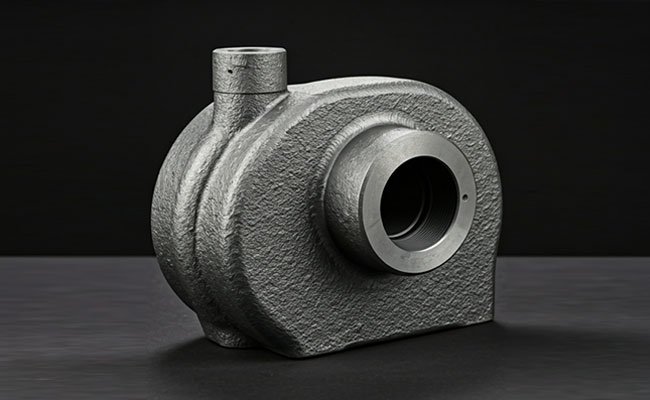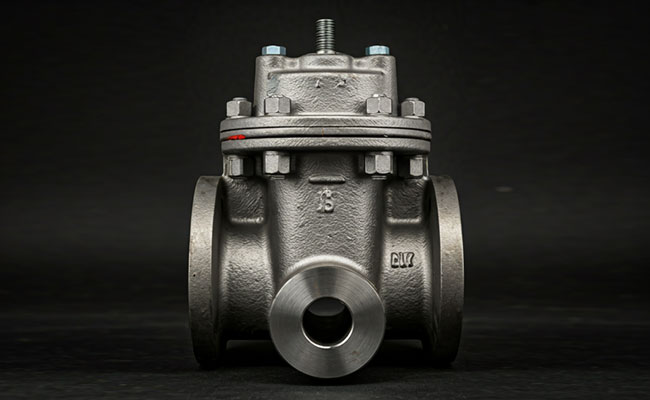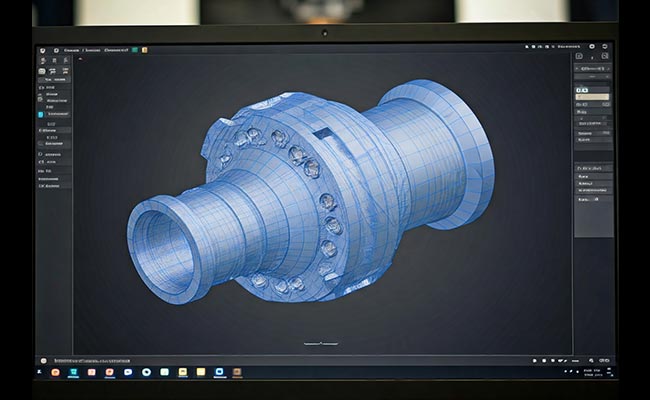
Applications of Casting in Construction
2025-02-17
Trend in Casting
2025-03-03Ductile Iron:
- Graphite Structure: Spherical graphite nodules.
- Properties: High strength, excellent ductility, good impact resistance, and good wear resistance.
- Production: Produced by adding magnesium or cerium to molten iron, which causes the graphite to form into spheres.
- Applications: Widely used in automotive components (crankshafts, cylinder blocks), pipes and fittings, valves, and machinery parts.
Gray Iron:
- Graphite Structure: Flake-shaped graphite.
- Properties: Good machinability, good wear resistance, and good damping capacity. However, it has low ductility and impact resistance.
- Production: The most common type of cast iron, produced by cooling molten iron slowly.
- Applications: Widely used in machine beds, engine blocks, brake drums, and other applications where good wear resistance and damping are crucial.
Malleable Iron:
- Graphite Structure: Irregularly shaped graphite flakes.
- Properties: Good ductility, moderate strength, and good impact resistance.
- Production: Produced by annealing white cast iron, which transforms the graphite structure.
- Applications: Used in automotive components (suspension parts, steering knuckles), agricultural equipment, and hardware.
Here’s a table summarizing the key differences:
| Feature | Ductile Iron | Gray Iron | Malleable Iron |
| Graphite | Spherical | Flake | Irregular Flakes |
| Strength | High | Moderate | Moderate |
| Ductility | High | Low | Good |
| Impact Resistance | Excellent | Low | Good |
| Machinability | Good | Excellent | Good |
In essence:
- Ductile iron excels in strength, ductility, and impact resistance, making it suitable for demanding applications.
- Gray iron is preferred for its machinability and wear resistance.
- Malleable iron offers a good balance of ductility, strength, and impact resistance.
The choice of iron type depends on the specific requirements of the application.




